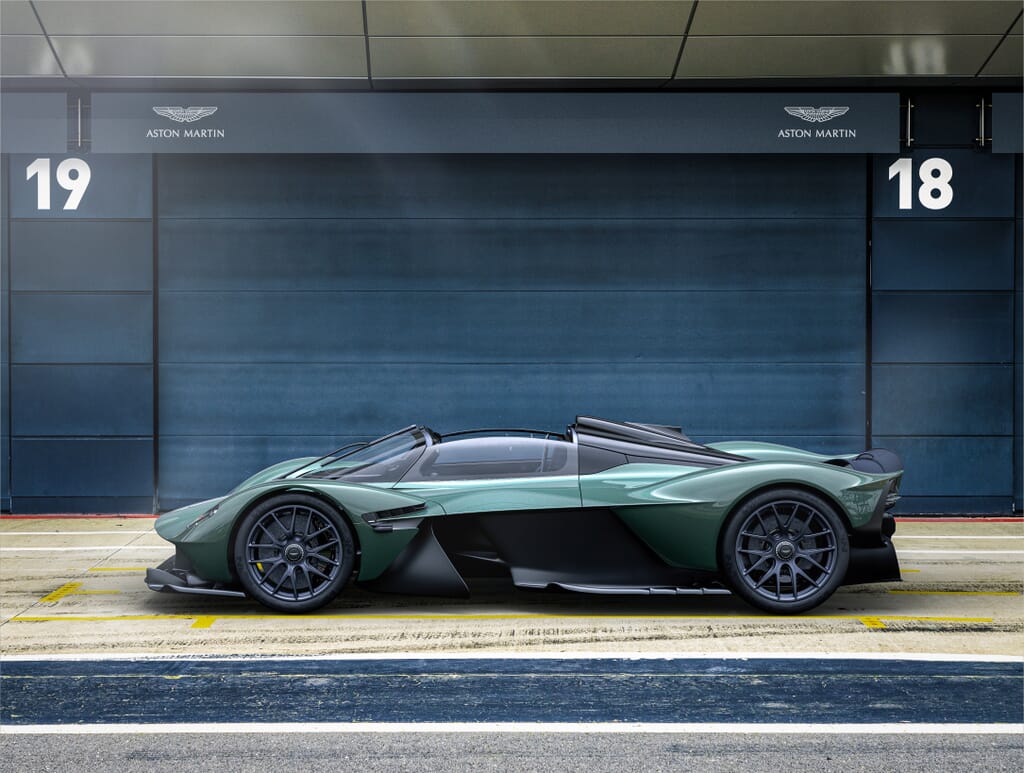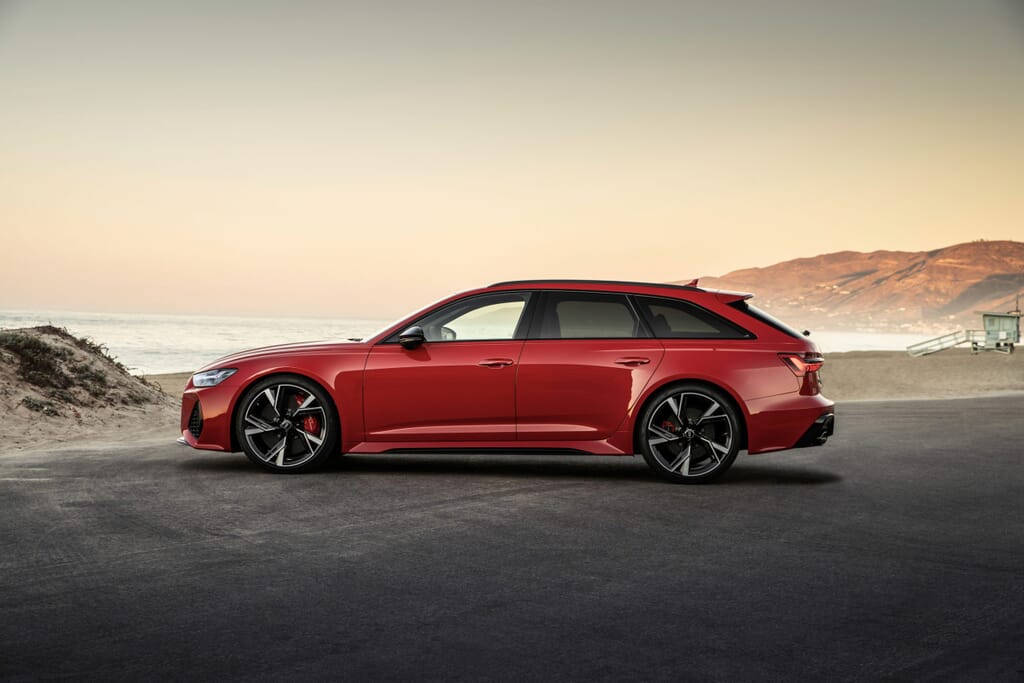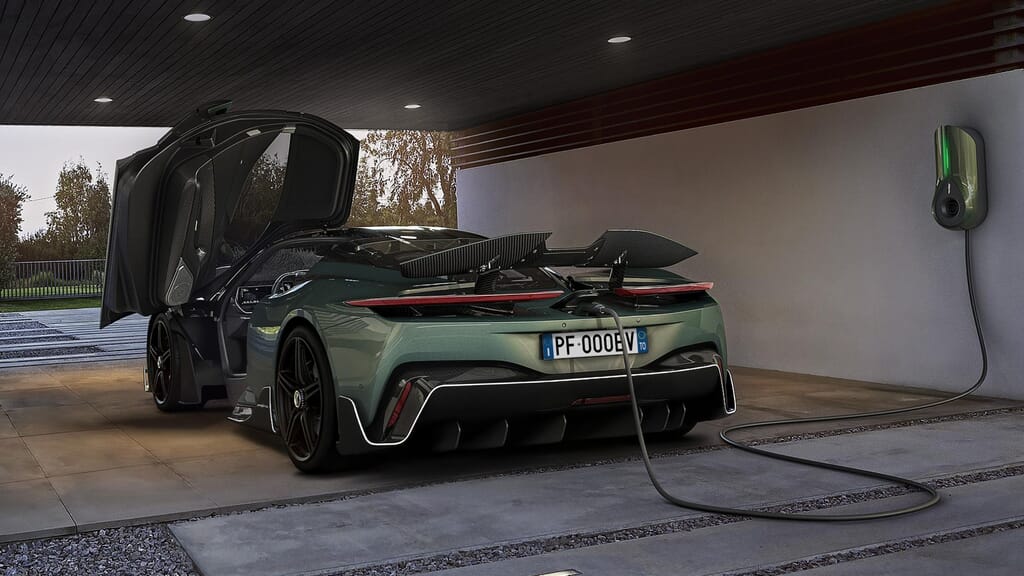
Everyone has an opinion on EVs, sparking some electrifying debate, but what is really happening in the non-ICE world? Here, Windrush Car Storage team takes a closer look.
Sometimes the debate for electric vehicles is rather black and white as it seems people either love them or hate them. Seeking out information can also be difficult as the same opinions exist in EV ownership reviews and test drives – for every great experience another will tell you the exact opposite. Quite simply an EV requires a change in your attitude towards driving, and that suits some more than others, but here Windrush’s electric vehicle storage team will try and look at what is really going on with the switch to electric.
The Cars
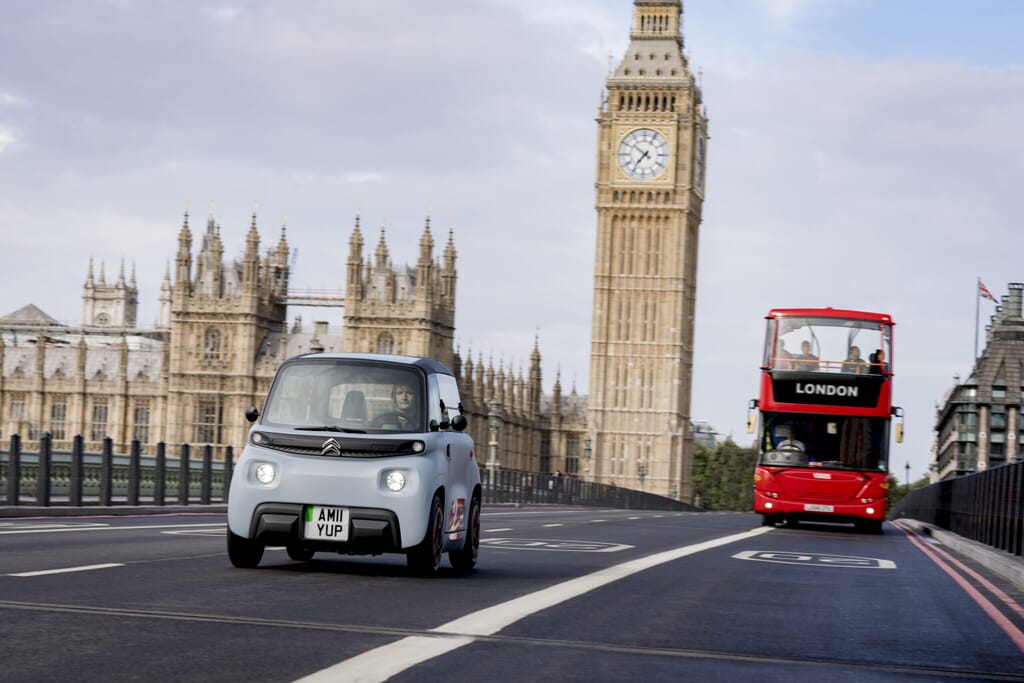
A lot has changed in the EV world over the past 15 years or so. In 2008 driving an EV meant owning a city-only G-Wiz, which was rather slow and basic, but things changed in 2011 when Vauxhall brought the Chevy Volt over from the US and renamed it the Vauxhall Ampera. So good was the Ampera, they are still in high demand today offering 50 miles of EV range with a petrol range extender. That same year Nissan launched the Leaf, a pure EV with a range of up to 109 miles. Of course, we also had the Prius, technically a hybrid but often associated with being the first green car many knew about, and it was a hit…loved by celebrities as much back then, as it is by taxi drivers today.
Fast-forward 10 years or so, and now there is an array of EV choice, ranging from the Ford Transit to a Rolls-Royce. You can ride an electric motorcycle, pedal an electric bicycle, convert a classic car to electric and can have a range in excess of 300 miles in some cars. We’ve seen them all at Windrush’s electric car storage.
The often spoken of benefits are easy to relay – great performance, silent running, instant torque, and pre-warming the car on a cold morning are just a few, and that is before we cover the suggested environmental benefits.
Performance

Jumping back to performance, did you know the latest KIA EV6 GT, a family hatchback, has 576hp? That’s 176hp more than a Ferrari 360 and 20hp more than the latest 911 Turbo S – in a family car! If you want to reach 60mph in the same time as this KIA (an astonishing 3.5 seconds) using an ICE car, you’ll need to roll out a Ferrari Enzo or Lamborghini Murcielago LP640. When did normal cars get so fast? More importantly can the average driver cope with this level of performance? Only time will tell, especially now Tesla offers a Model S hatchback with 1019hp, a touch more power than you’ll find in the latest generation Formula 1 cars.
Battery weight
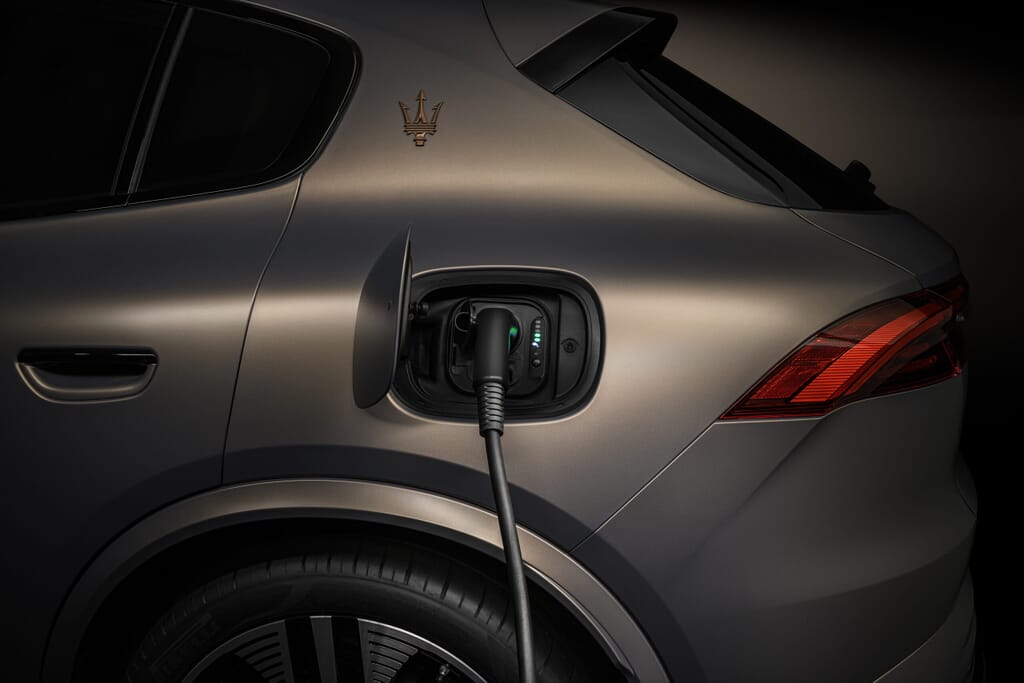
Electric motors offer instant torque, which provides incredible acceleration, and when owners want more range, car manufacturers look to build-in a more powerful battery. The Renault Zoe has a 52kw battery, the Tesla Plaid has 100kw, a Rimac Nevera 120kw but the RAM 1500 REV pick up is king of the hill with a mighty 229kw. To get 229 kw, the RAM uses a battery that weighs 1326kg which, to put it into context, is like carrying a new Ford Fiesta in the boot of your car everywhere you go. A Nissan Leaf battery, for comparison, weighs 303kg. This means range and performance comes at a heavy price though, perhaps, when the range and performance battles settle we will be offered cars with more than reasonable figures without the need for oversized batteries.
How much?
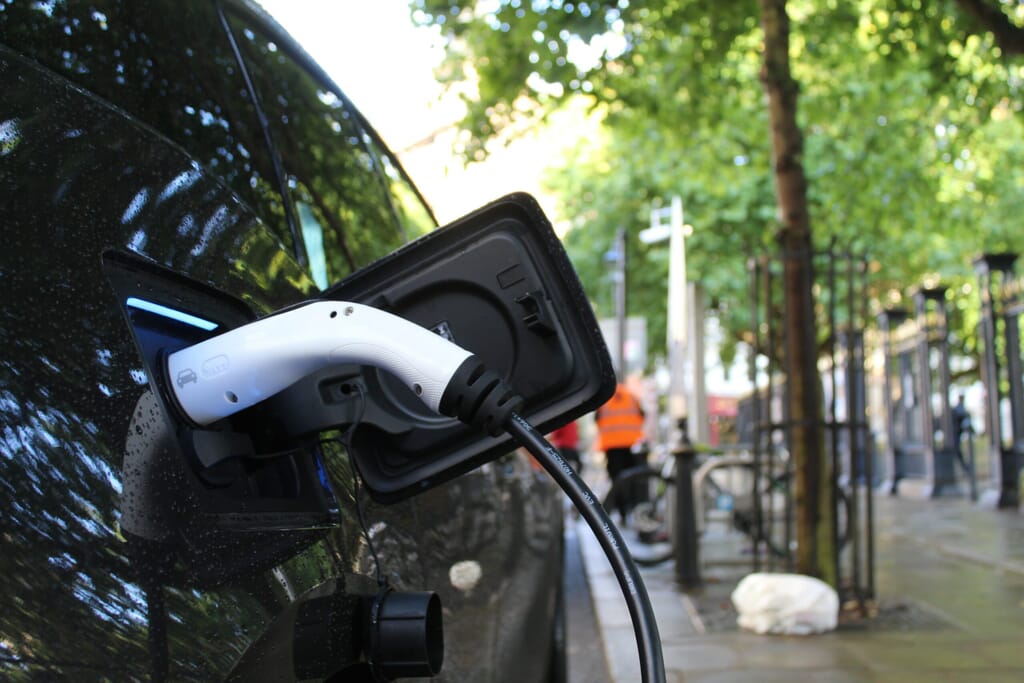
We already knew they are fast, but now EVs are also becoming (more) affordable, too. Let’s take the Tesla Model S as an example, the newest used versions in the UK now hover around the £35,000 mark, not bad for a car that was upwards of £100,000 when new. If you want a German marque, how about a Porsche Taycan? Walk onto any Official Porsche dealer forecourt, and take your pick of a selection of new cars offered at discounted prices, or go for a used example and it is possible to pick one up for half its new price. At the other end of the scale, the aforementioned KIA EV6 GT can be found brand new with discounts of around £4000 off RRP, or lightly used for £15,000 less than new price. Fast in both performance and depreciation it seems.
If leasing is more your thing, and accountants are positively encouraging business owners to lease an EV right now, a Taycan can be had for around £850 per-month, a Tesla Model 3 for £350 and KIA EV6 comes in at around £415 a month. If you purchase a brand new fully electric car through a limited company, you can claim a First Year Allowance of 100% against your corporation tax bill. If the vehicle is fully electric, with CO2 emissions of 0g/km, the full cost of the car can be used to reduce your corporation tax liability. Purchasing a second-hand fully electric vehicle through the company can still be beneficial as capital allowances are available, but at a lower rate of 18% per year.
Charging Fees
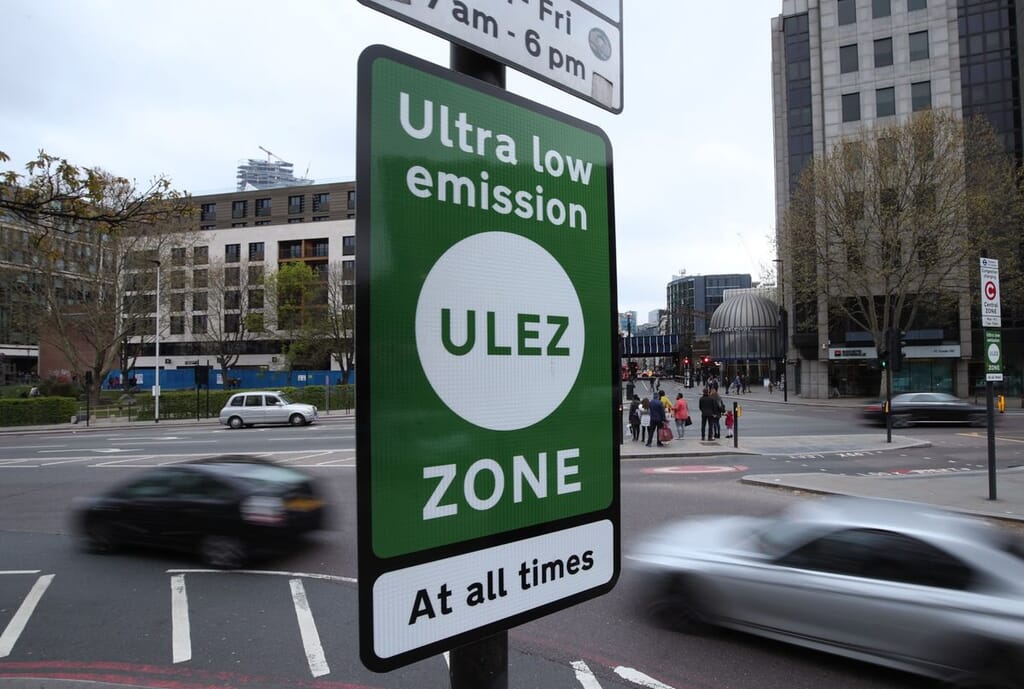
So, is now the time to buy? Great performance, great value and even the most committed ICE fan can see the appeal when an EV could be used for commuting and inner-city driving. The crucial element to EV success, it seems, is having the ability to charge at home.
Prices at public charging stations have increased almost as fast as the demand to use them, with claims of month-on-month rises of up to 24%. Slow charging options, normally found in residential areas, have also increased significantly according to the AA, who reported peak-time slow charging can cost as much as 67p per kw. The same kw of electricity would be charged at only 28.6p at home.
Due to the seasonal price change adjustments, the cost of using a kerbside charging station to charge an EV to 80% during peak-time is now nearly treble (at approximately £26.80) when compared to using domestic charging (£10.80). However, fast-charging pricing has remained largely unchanged and Edmund King OBE, president of the AA, believes (at the current rate of 61p per kw) that charging an EV using an ultra-rapid charger during peak periods remains cheaper than running a petrol car.
Infrastructure
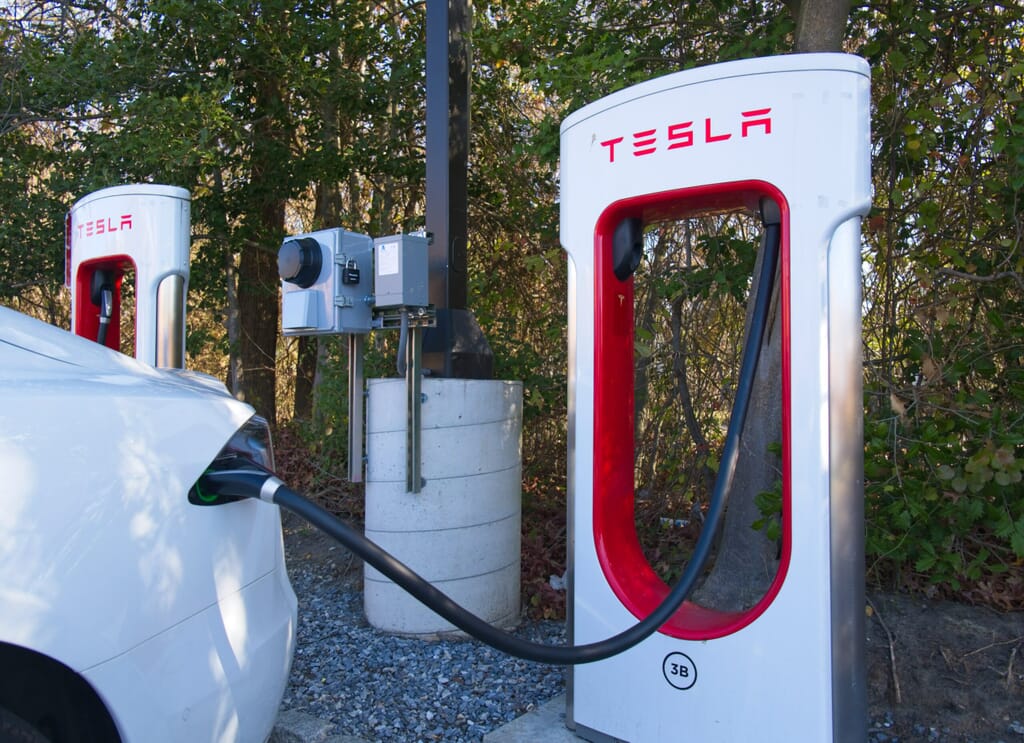
Last summer, the UK Government launched its 2023 Charge Point Regulation plan, with ambitious targets aimed at enhancing the reliability of existing public EV charge points and providing drivers with a more standardised charging experience. The headline of the plans is the 99% reliability requirement, mandating that networks of public rapid charge points must be available for use 99% of the time. This ambitious target could mean the end to the frustration drivers face when arriving to find out-of-service chargers when travelling.
The Government has also promised to keep adding chargers at pace. At the end of December 2023, there were 53,906 electric vehicle charging points across the UK, situated at 31,056 charging locations. This represents a 45% increase in the total number of charging devices available when compared to December 2022. It is claimed the UK now has 82,000 public charging connectors (as of 9th January 2024), the problem is, the UK has 975,000 registered EVs on the road, almost 12 cars for every charger, and that is why home charging availability is so important.
Insurance
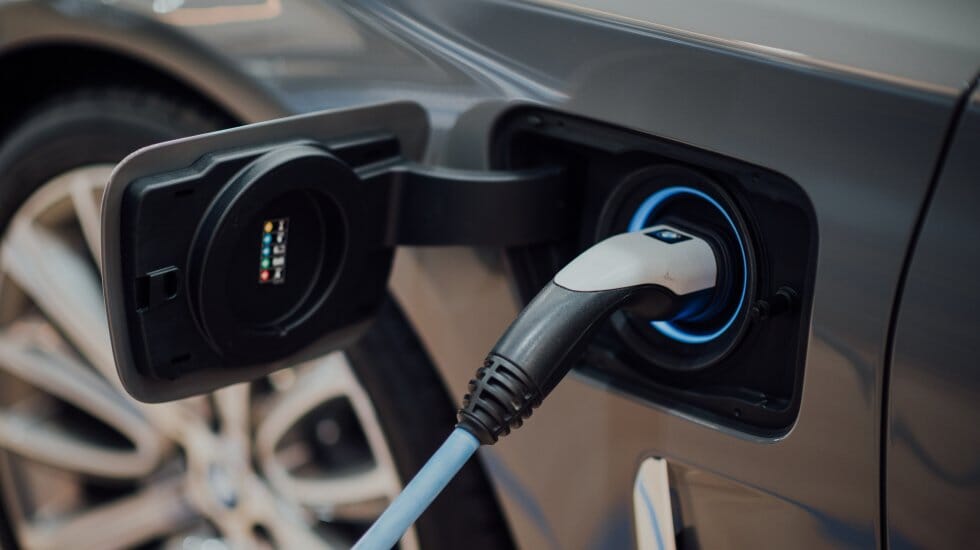
And it seems buying the car and charging it isn’t the only cost that needs to be factored. According to a recent article in The Times, insurance costs can also be higher than expected, in some cases drivers can pay up 27% more to insure an EV over its ICE equivalent. Research company Thatcham claim this has much to do with the problems associated with batteries which can cost anywhere between £14,200 and £29,500 to replace and also the low number of specialists trained to fix EVs.
We spoke to Gerry Bucke, General Manager of Adrian Flux Insurance for the real story:
“You have to remember that some electric cars are as fast, or even faster than a supercar, and they are typically a family vehicle. This means you have supercar performance with up to 5 passengers aboard, and the more passengers who could be involved in a high-speed accident, the greater the risk to the insurer. In addition, they are heavy vehicles, and when they do get involved in an accident they cause a lot more damage than a standard car.”
“Parts supply for repair work can be slow, in some cases EVs are written off due to scarcity of what would normally be an easy to find part. The longer the wait, the longer the claimant is in a hire car, and that is another cost for the insurer. When the parts are finally available the number of garages trained to work on electric cars is limited, the labour charges are higher, and some jobs are far more complex in an EV than they are in an ICE car. If a car is written off, we also have to factor in the disposal of batteries.”
“Several insurers currently refuse to insure EVs at all, and the few that do have had to learn some hard lessons. As soon as robust EV claim data is available, annual EV premiums could increase by more than 25% as a result.”
So, the high cost of insurance has to be factored into EV ownership but, as with any new technology, it is believed the market will settle. Drivers will be more used to the available performance, more specialist garages will open, and an aftermarket parts supply is likely to become available. An increase in the number of UK battery recycling plants is also expected, which will ease the current difficulties with their disposal.
Looking ahead
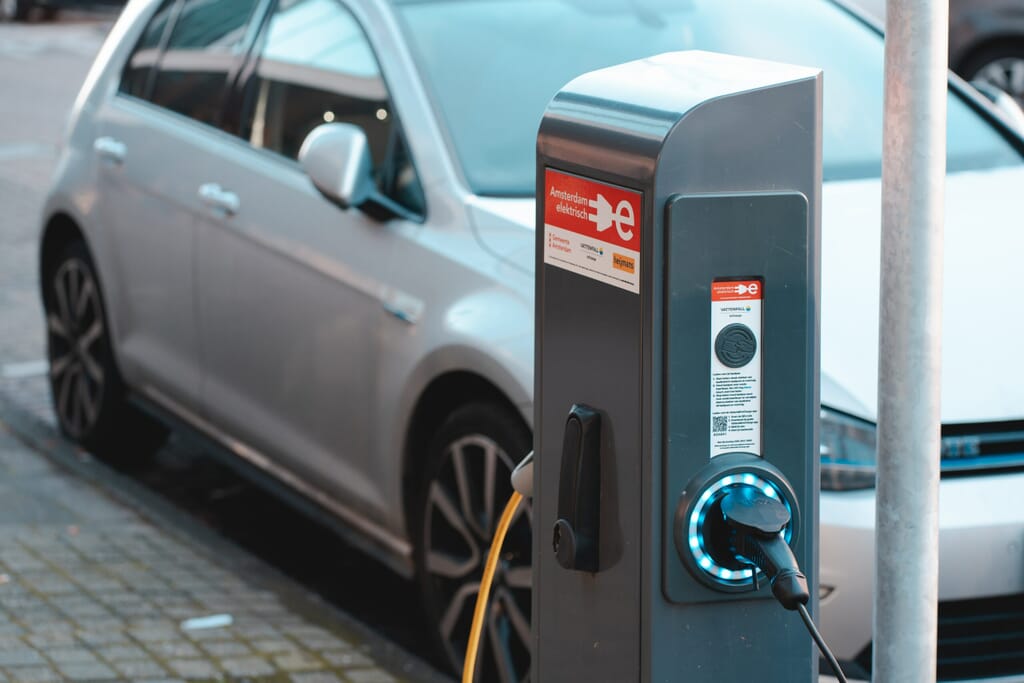
It seems we are still finding our feet with electric vehicles, early adopters have already bought in, and the rest of us are following slowly. There is no doubt that, with each year that passes, infrastructure and services will improve, costs will level, and EV will find its way. But we aren’t there yet and, as we conclude this piece, rental giants Hertz has announced it will sell off 20,000 electric vehicles from its fleet due to lack of demand, with a financial loss of $245m. Hertz say these will be replaced with petrol-powered vehicles.
To conclude we have to return to our opening comment of drivers either loving or hating EVs. If you have the ability to add a fast charger at home, can buy an EV through your business (or take one as a company car), choose a model with a real-world range of 250-300 miles and have a second ICE-powered car on the drive, you will have a very positive experience. Live in the city with no home charging, driving a family EV with a range of 150 miles. and relying on it as your only car, is likely to be a different story.
EVs have a place on our roads, be in no doubt about that, but we are not ready for every citizen to be forced to into driving one. Not yet anyway.
The UK’s most trusted EV storage

At Windrush, electric car storage is just one of our specialisms. Visit our twin storage facilities in central London or the heart of the Cotswolds, and you’ll find expert teams ready to cater for every last quirk of your ICE or electric vehicle.
Whatever you drive – electric vehicle, supercar or classic – our renowned twelve-step induction programme will settle you in. Then relax as our team creates a bespoke maintenance plan that ensures your car will be in better shape than ever when you pick up the keys. Whatever the future of driving looks like, trust Windrush’s forward-thinking ICE and electric car storage to keep up.
For more details on our ICE and EV storage solution, drop the Windrush team a line. We’re ready to assist you on info@windrushcarstorage.co.uk

